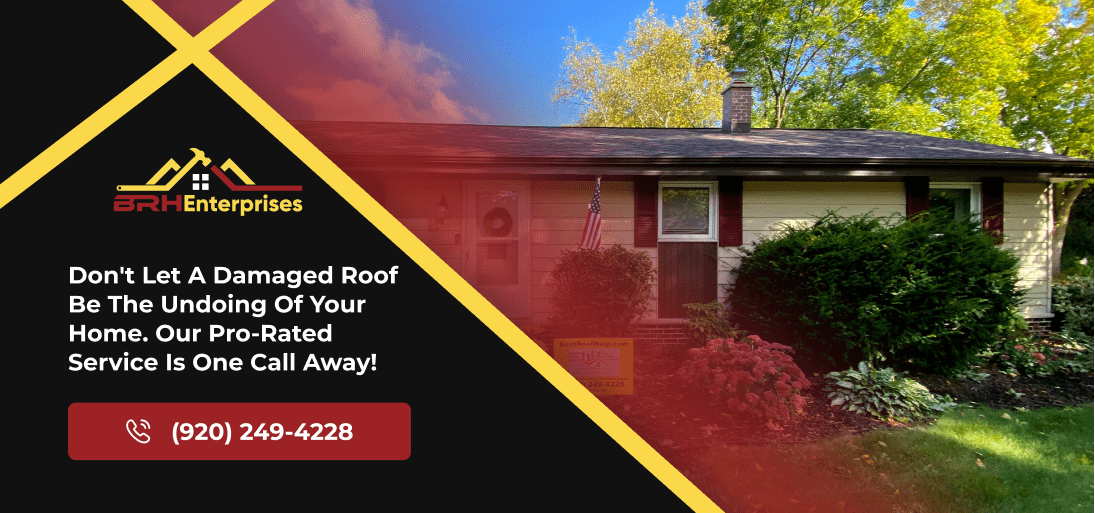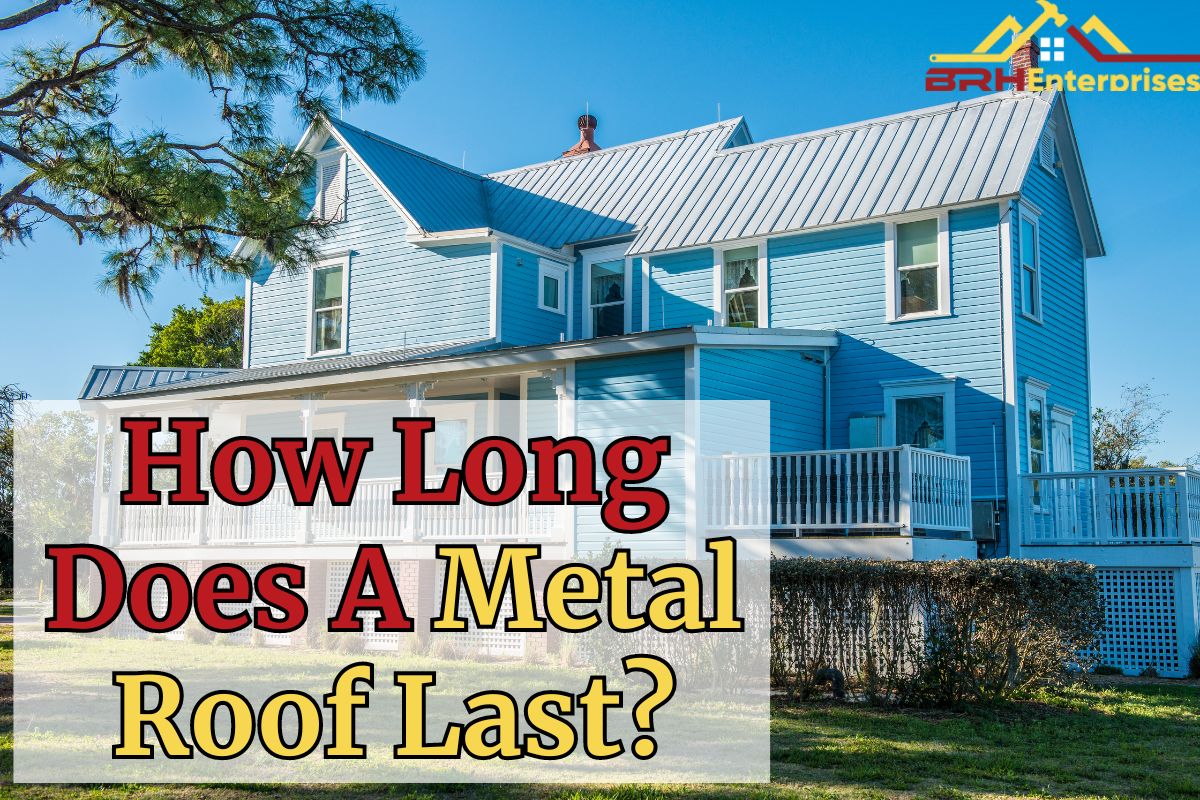A new roof is a major investment that will affect the security and long-term aesthetic appeal of your home. Because they are strong and long-lasting, metal roofs have gained popularity among both home and business owners. One question remains, though: how long does a metal roof last?
In this blog post, we’ll examine the variables influencing a metal roof’s lifespan, giving you the information to choose wisely for your roofing needs.
What Is The Lifespan Of A Metal Roof?
On average, a metal roof can last for more than 60 years with proper care and maintenance, but as a homeowner, it is important that you know the lifespan of metal roof material options that are available on the market, like:
| Metal | Lifespan | Factors |
| Aluminium | 40 to 60 years | Highly resistant to rust and corrosion, softer than steel, prone to denting |
| Copper | 80 to 100 years | Exceptionally resistant to weathering and corrosion, it develops a green patina over time |
| Steel | 40 to 50 years | Balance of affordability and durability, resistance to fire and wind, prone to rust without coating |
| Tin | 40 to 60 years | Classic look, low maintenance, can be painted |
| Zinc | 60 to 100+ years | Self-healing patina, expensive, low maintenance |
Factors Influencing the Lifespan of Metal Roofs
1. Metal Type:
What metal you pick for your roof matters. Some metals like aluminum, steel, copper, and zinc last longer than others because they’re better at handling weathering and wear and tear.
2. Installation Quality:
It’s also important to ensure your roof is installed properly. If it’s put on incorrectly, it will be more prone to leak and won’t handle strong winds or heavy snow. This damage is likely to shorten its life.
3. Regular Care:
Taking care of your roof regularly helps it last longer. Checking, cleaning, and fixing any problems quickly can stop your roof from getting damaged and wearing out too soon.
4. Weather:
The weather in your area has an impact on your roof. It may deteriorate quickly in bad weather conditions like hail, high winds, and intense heat or cold. Your roof will withstand the local weather more effectively if you choose the appropriate metal for the climate. By doing this, you can make sure that your roof lasts as long as possible.
5. Protective Coatings:
Putting a protective coating on your roof can help it withstand weather-related damage, rust, and sun exposure. This additional layer of defense prolongs the strength and lifespan of your roof.
What Is The Lifespan Of Different Styles Of Metal Roofs?
1. Standing Seam Metal Roof
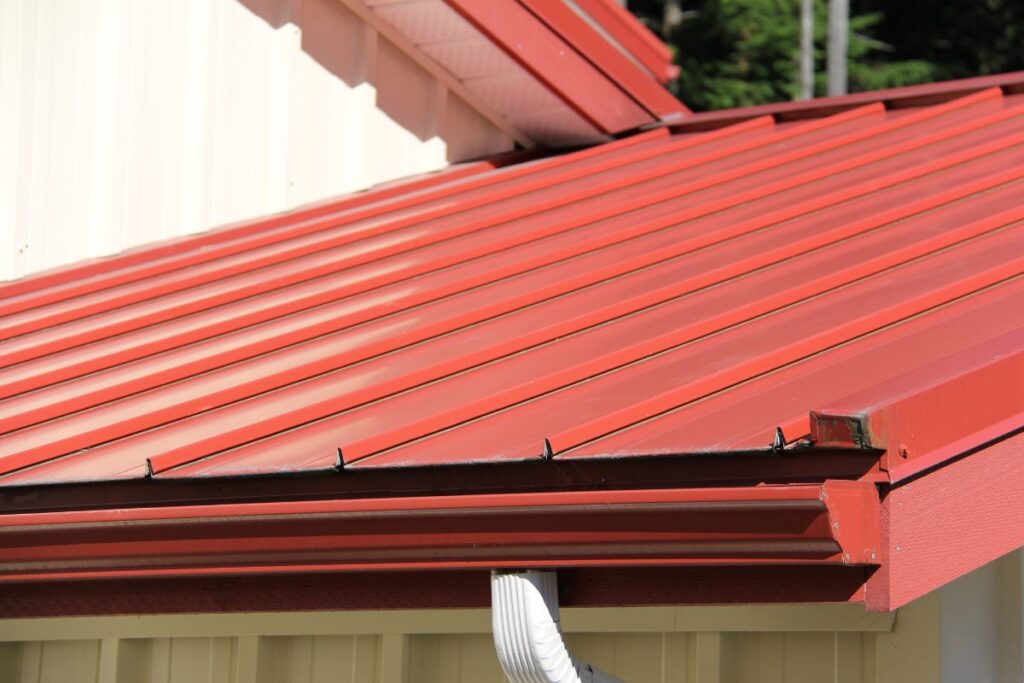
Standing seam metal roofing systems are exceptionally durable, lasting over 50 years. With maintenance like repainting or coating, they can last 70-100 years. Their concealed fasteners reduce leak risks, making them cost-effective and long lasting.
2. Corrugated Metal Roof
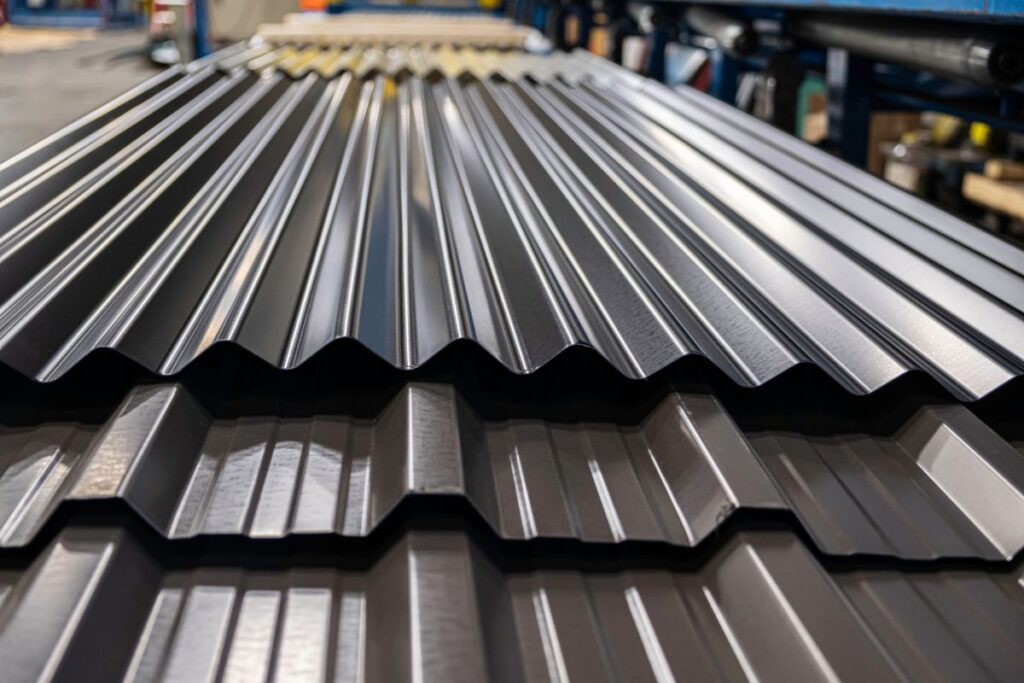
Corrugated metal roofing systems can last for around 50 years but need more maintenance due to their exposed fasteners. Metal screws can rust after 30 years, but replacing them and applying a waterproof coating extends the roof’s lifespan, offering reliable protection.
3. Stone-Coated Metal Roof
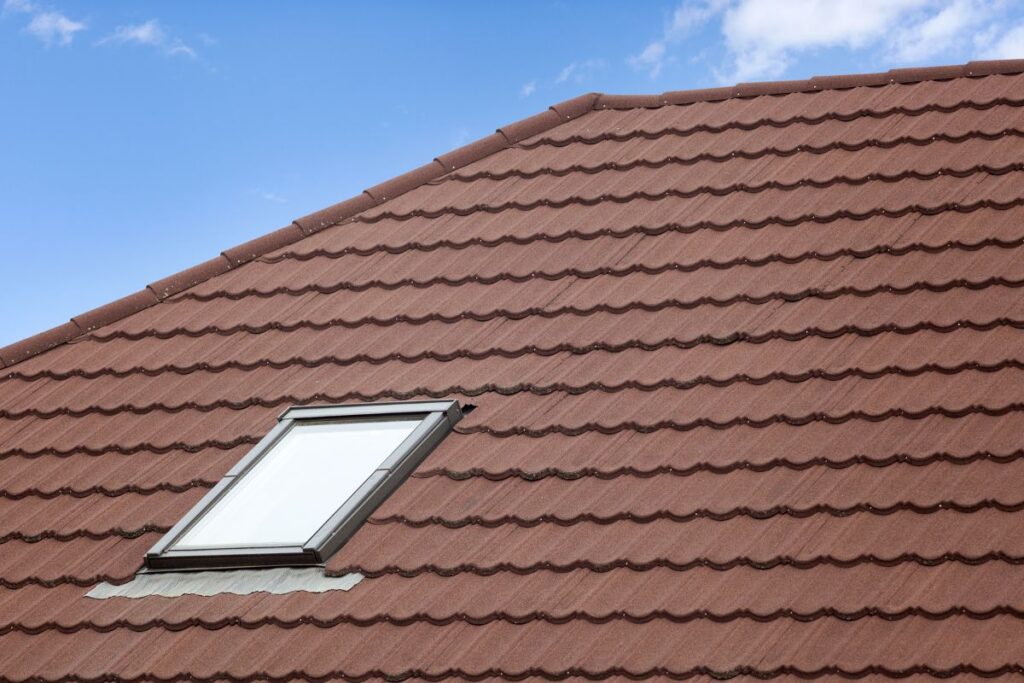
Stone-coated metal roofing systems blend durability with traditional aesthetics. They typically last for 40-70 years, with their stone-coated surface providing protection against corrosion and environmental factors.
Climate Considerations for Your Metal Roof Installation
When preparing to install a metal roof, it’s crucial to consider the local weather conditions. It’s best to install a metal roof in moderate weather. Severe weather like heavy rain, snow, or strong winds can slow down installation and affect quality. So, it’s important to choose a time when the weather is stable. Choosing the right metal roof for your local conditions is paramount, as it ensures your home is protected for decades to come.
Hot Climates
In hot climates, opting for a cool metal roofing system designed to reflect solar energy and disperse heat efficiently is advisable. These systems can result in huge savings on cooling expenses. The solar reflectance of the metal roof coating plays a pivotal role in managing heat absorption and retention, making it a critical consideration for installations in hot climates.
Cold Climates
Conversely, in colder climates characterized by heavy snowfall, it’s essential to ensure that the metal roof is designed to bear the weight of accumulated snow. Adequate structural support is crucial to prevent damage and ensure durability. Features like steep slopes, south-facing orientations, and ventilated attics can help prevent issues like ice buildup and ice dams, which are common in colder areas.
Coastal Environments
It is especially important to pay attention to the corrosive effects of salt exposure in coastal regions. For improved longevity and durability in harsh coastal conditions, aluminum or copper metal roof systems are a good option.
Ideal Climate for Metal Roof Installation
To sum up, dry, mild climates are ideal for installing metal roofs, and design decisions should account for the unique difficulties that come with hot or cold climates. By considering these climate-related factors, homeowners can guarantee the effective installation and long-term functionality of their metal roofs.
Tips To Extend The Lifespan Of A Metal Roof
1. Proper Installation:
Ensuring correct installation by experienced and licensed roofing contractors is vital for a metal roof’s long-term performance. Errors like inadequate screw tightening or improper sealant usage can lead to premature issues such as leaks, shortening its lifespan.
2. Choosing the Right Metal Roof:
It is crucial to select a metal roofing system suitable for the local climate and weather conditions. Different metal types and coatings excel in specific environments, preventing premature deterioration and corrosion.
3. Roof Pitch Considerations:
Matching the roof’s pitch or slope to the appropriate metal roofing system ensures optimal performance and longevity. Certain roof profiles work best on low or steep slopes.
4. Gauge of Metal Panels:
Opting for thicker, higher-gauge metal panels enhances durability and resistance to damage such as dents and scratches, extending the roof’s overall lifespan.
5. Regular Roof Cleaning:
Frequent cleaning of debris from the metal roof prevents moisture buildup and rust. Annual cleaning ensures the roof remains in top condition, increasing its longevity and functionality.
6. Maintain Roof Components:
Regular maintenance of flashing, seams, and fasteners prevents issues that compromise the roof’s integrity. Trimming trees, cleaning gutters, and promptly addressing maintenance tasks safeguard the metal roof.
7. Hire Professional Roofers:
Engaging experienced metal roofing contractors for installation, repairs, and maintenance is vital. Proper installation and regular preventive maintenance by skilled professionals can extend the metal roof’s lifespan and prevent issues.
Conclusion
For homeowners looking for a strong, long-lasting, and energy-efficient roofing solution, metal roofs are a great option. Metal roofs can offer a substantial return on investment and long-term peace of mind, with lifespans ranging from 40 to 100 years, depending on the particular metal used.
Choose BRH Enterprises for high-quality metal roofing services. With our skill and focus on detail, we guarantee that your roof provides long-lasting protection while still looking amazing. With us, you can have peace of mind and excellent service. Give us a call at (920) 249-4228.
